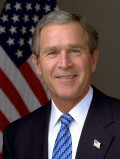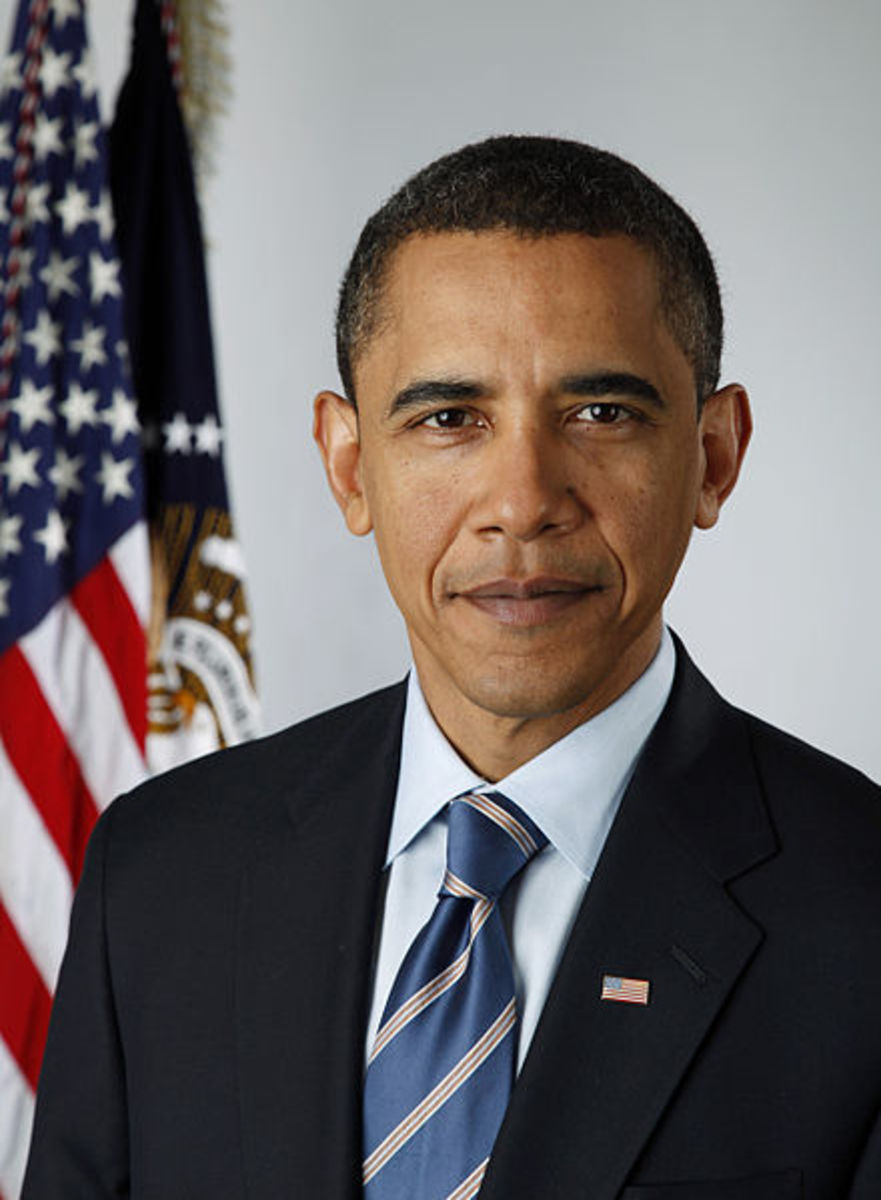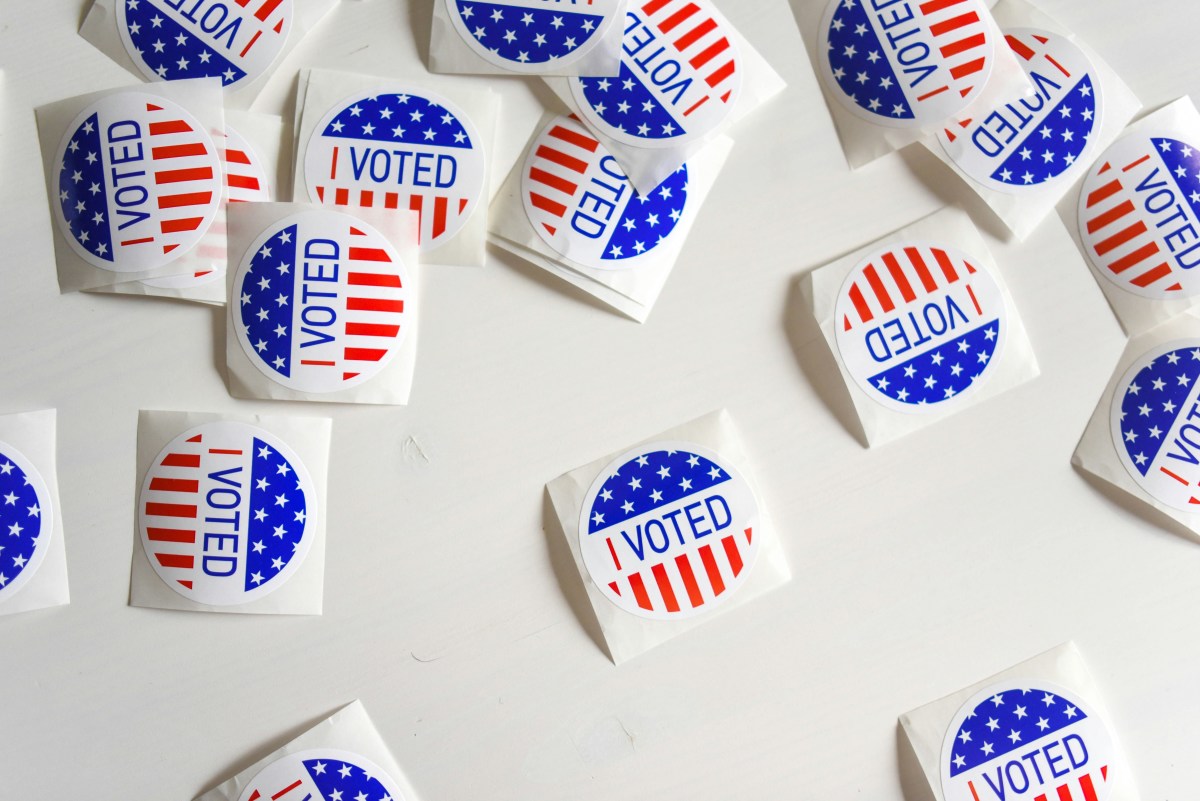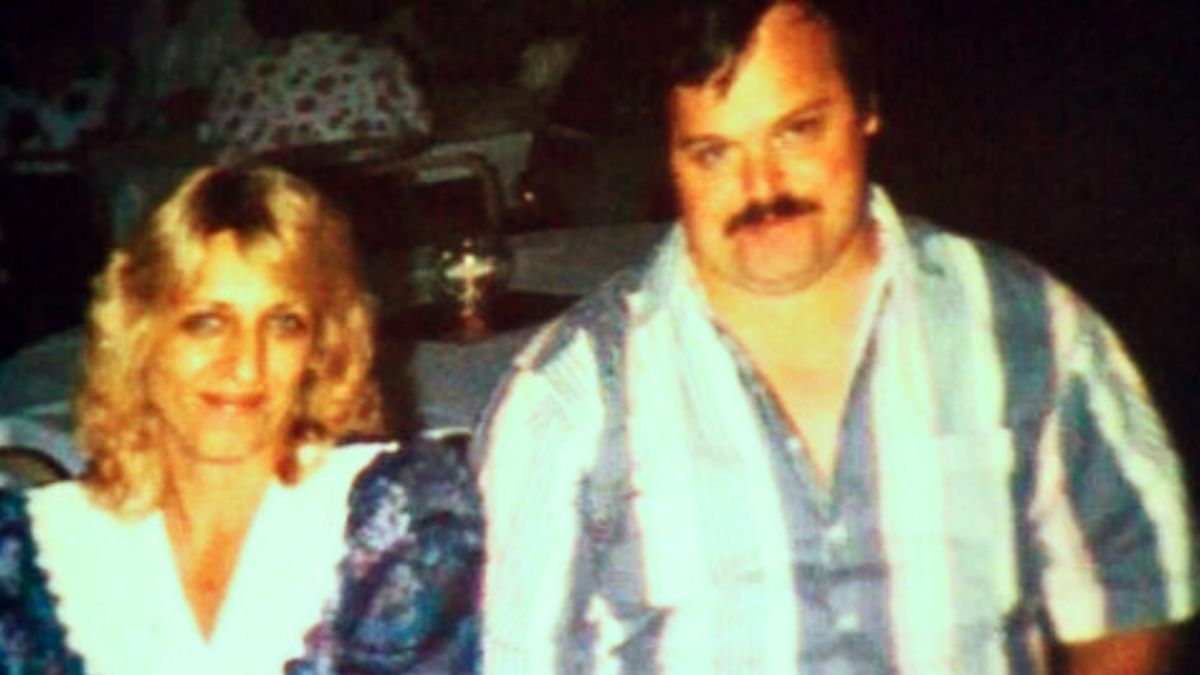Election Hacking Looms Over Midterms - How to Prevent it
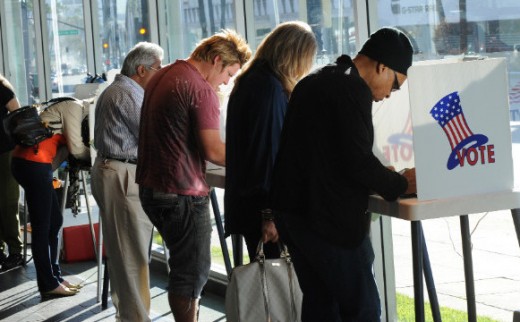
Motive, means, and opportunity. These are the elements of a crime which, in screen drama and in the real world, must be established to prove guilt. As midterm elections approach, it is little known and little reported that election transparency activists are fighting skirmishes across the country, demanding some measure of transparency in US elections. This is as election authorities from Florida to Kansas, from Massachusetts to Ohio to Arizona, fight tooth and nail to keep the ballot-counting process secret, including illegally destroying paper ballots.
Although all sides of the political spectrum urge followers to, above all, "vote" in the coming elections, merely voting is not the be-all-end-all. Your vote means little if it isn't counted.
Possible motives for stealing elections are obvious. At the federal, state, and local levels, billions of dollars are at stake, in the public treasuries of the wealthiest nation in the world. Reform candidates of either party who might upset the established flows of government contracts, which can dwarf the private sector's, are obvious threats. And with the lightning rod president presently in office, love him or hate him, a few votes in either house could make the difference between impeachment or staying in office, and running again in 2020. The stakes have rarely been higher, or the passions hotter.
Yet not only do election authorities across the country have the motive, means, and opportunity to sway the results of important elections, or look the other way while someone else does. They have repeatedly shown themselves to be obsessed with secrecy in cases where results bear closer examination. Many people are not convinced that Trump won in the swing states of Wisconsin, Michigan, or Pennsylvania in 2016. The recounts in these states, which Green Party presidential candidate Jill Stein raised $7 million for, were partial and inconclusive, due to fierce resistance by state and local election authorities.
In Wisconsin, only half the ballots were hand recounted, and the other half were recounted by the same machines the counts of which were being challenged in the first place. Thus Wisconsin was only half recounted. In Michigan, the recounting was stopped by a court. In Pennsylvania, Jill Stein discovered that a recount was impossible, because many of Pennsylvania's machines have no paper ballot trail to count, a flaw Stein promptly lambasted.
“We do not have a voting system we can trust,” Stein concluded.
On the Democratic side, none other than Senator Elizabeth Warren has said that the Democratic primary in 2016 was "rigged" against Bernie Sanders. As perhaps the most important elections since 2004 approach, since George W. Bush invaded Iraq, the lack of transparency and confidence in US elections has reached crisis proportions.
Election fraud knows no party. To be clear, election fraud is fraud overseen by election authorities, as opposed to fraud committed by people not qualified to vote. In Kansas, a Republican Trump ally has been declared the winner of a primary, after a "computer malfunction" erased his opponent's 13-point lead overnight. An election dispute board headed by an appointee of the Trump ally threw out a challenge to the results.
In that Kansas gubernatorial primary, between Trump-endorsed Kris Kobach and the more moderate Republican Gov. Jeff Colyer, the "malfunction" caused a halt in vote counting at 9pm, when Kobach, the Trump ally, was 13 points behind. By the time the malfunction was fixed and the reporting of results resumed at 5:30a.m., Gov. Jeff Colyer's lead had melted, according to a Young Turks report, and Kobach was declared the victor.
Yet in a media with news stories brimming with outrage over alleged Russian interference in US elections, these stories, involving US election officials themselves, drop like a dead weight.
The Kansas glitch was reported only in The Young Turks broadcast and in local media, although enough irony was present for a juicy national story. Kobach made a name for himself by leading the charge against what he says is the significant problem of voter fraud, especially by illegal immigrants, which many say is a canard. The national media avoids reportage on domestic, distinctly non-Russian interference in elections like the plague.
Young Turks Broadcast on Kansas Governor's Race
Even in a case as spectacular as a major county election supervisor illegally destroying the ballots, in order to hand the election to a prominent and controversial national figure in the Democratic Party, the national media, not to mention law enforcement, are completely silent. In Broward County, Florida, after Bernie Sanders protege Tim Canova, a Florida law school professor, filed a lawsuit for a hand recount of the ballots in his race against a Hillary Clinton ally, the county election supervisor, Brenda Snipes, also a Clinton ally, promptly, illegally, destroyed the ballots.
Despite the declared winner, Representative Debbie Wasserman-Schultz, being a nationally prominent Democrat who was recently embroiled in controversy, as the chairwoman of the DNC who sought to ensure the nomination of Hillary Clinton over Bernie Sanders. Wasserman-Schultz's brush with election rigging in her own re-election went unremarked in the national media, and unpunished, even though the destruction of paper ballots in an election is punishable by prison time and fines according to federal law. The Broward County supervisor has yet to be prosecuted. This is even though, in a civil lawsuit over the matter, a judge ruled that a crime had indeed been committed.
The Brenda Snipes case would be considered an open and shut case in any prosecutor's office in the nation. Yet Snipes remains in charge of elections in Broward County, not to mention free and not in jail. More than individual outlier outrages, what Americans face now is an entire culture of impunity in election-rigging, not by Russians, but by the very officials charged with conducting them honestly. Sometimes Democrats benefit, sometimes Republicans. What is not reflected is the will of the people.
In fact, whenever asked, whether through Freedom of Information Act requests or lawsuits, to provide proof that a vote count is real, county and city election officers have routinely, 100% of the time, fought citizens' efforts to either have paper ballots recounted in public by election officials, or to have election departments arrange for citizens to count the ballots themselves.
In Ohio, requests for the digital ballot images from Cuyahoga County have been opposed by county election officials.
Digital ballot images are images generated by vote-counting machines used in about half the precincts in the US, including many critical "swing state" jurisdictions like New York State, Florida, and Ohio. They are touted by vote-counting machine manufacturers as a means to verify the vote count. (Counties which use vote-counting machines with ballot images feature.)


Yet election officials everywhere have fought fiercely to hide the digital ballot images, and worse, destroy them immediately after each election, contrary to widespread election law which declares that all election-related documents must be preserved for a period of time, usually 2 years..
In Alabama, the Secretary of State and election officials fought furiously for the authority to immediately destroy the ballot images, and won a reversal of a circuit court order which agreed with Alabama voters who were suing to force the state to preserve the images, like any other part of the public record.
In Arizona, activists in Pima County successfully prevented officials from destroying ballot images immediately after an election, as Pima officials sought to do, but lost their bid to have the images posted for recount by citizens, due to what election officials said were "privacy" concerns. Although officials agreed that ballot images, like paper ballots, were anonymous and could not be traced to any individual voter, the officials then strained credibility by saying that the identity of a voter might be determined by whom they voted for. In effect, the argument posits that people could become mind readers.
Activists make the point that modern vote-counting machines which generate ballot images do not actually count the votes from the paper ballots, but from the digital image that is taken of the ballot. One judge in a ballot preservation and posting case asked the defendants, the election officials, who sought to destroy the ballots, a question. Apologizing for not being technical, the sharp old judge asked if it would be similar to marking his paper ballot, walking the ballot to a Xerox machine, making a copy of it, then counting the votes from the copies of the ballots, not the original ballots. The officials agreed this was a fair comparison. "What makes you think you can destroy those photocopies?" - the judge then said.
The judge was highlighting a simple chain of evidence issue. Whatever is counted becomes part of the chain of evidence. If the machine errs in counting votes from the ballot images, those errors must be studied and revealed, and the errors fixed. Another effect of destroying the ballot images would be to leave the unviewable paper ballots as the only evidence of the true vote, which of course the public is not allowed to see. Taken all together, the arguments of election authorities across the country build a perfect wall which says across the top of it: Just Trust Me.
If any citizen was so inclined to trust this fraternity of officials, send them to Florida, where Brenda Snipes illegally burned the ballots, and none of the club, to preserve the integrity of the whole, has called for Snipes' resignation, never mind prosecution. It is an integrity which, in the world of public service where all integrity carries a high value, demands more integrity than all the others: the election process. Elections steer the course of the government, like a rudder. Without them, governments become rogue bulls, out of control, answerable to no one.
Election transparency activists are advocating that all jurisdictions in the US, if they have not already, convert to a system of voter hand-marked paper ballots, counted by one of an approved list of optical scan vote counting machines which generate easily available digital ballot images, which can be recounted by citizens without a court order. At present, there is no avenue in any jurisdiction in the US for citizens to verify officially announced results, even if discrepancies are found. Courts tend to side with election authorities 100% of the time in keeping paper ballots away from public view.
Whether the secrecy and lack of transparency among secretaries of state and election authorities are an effort to conceal direct meddling in elections, or to prevent the discovery of third party hacking, the recent history of election officials' fight for secrecy in US elections, in the face of discrepancies, justifies the conclusion that elections are being stolen from their rightful winners, and not by Russians. As a last resort, courts are enamored of justifying the dismissal of challenges based on arguments which are Orwellian non-sequitors. Even if the ballots were to be made available for a recount, ask the courts, would the differences in results be enough to change the outcome? The question begs a simpler question: if ballot counts are not transparent and verified, how would anyone know if the outcome would be different?
Although many are worried about Russians hacking into the US election infrastructure, is ironic that the last well-known instance of possible election hacking was in Ohio 2004, where George W. Bush swung the 2004 election. A lawsuit was filed years later, the star witness of which was a Republican IT guru who apparently knew too much. Mike Connell was killed in a small plane crash just before he was to testify. Connell had reported receiving threats to his career by Karl Rove.
In Ohio, the critical swing state that year, and in Cuyahoga County in particular, vote totals were shunted from Ohio to Tennessee to Republican National Committee servers and came back altered to promote Bush. In 2008 The Nation reported:
In 2004, Connell was paid with state funds by GOP Secretary of State J. Kenneth Blackwell to shunt the Ohio vote count to the same basement in Chattanooga, Tennessee, that housed the servers for the Republican National Committee. In the wee morning hours of election day, vote counts mysteriously shifted from John Kerry to give George W. Bush his second term in the White House.
Election transparency activists say there is no need for any of this. That is because the technology of modern paper ballot vote-counting machines makes possible the independent verification of vote counts by citizens. The good news, according to transparency activists, is much of the country now uses systems in which the voter hand-marks a paper ballot, which is then fed into a modern optical scan vote-counting machine.
Because at the same time the ballot goes in, the machine takes a digital photo of each ballot and stores it in memory, verifying elections can be a simple matter of posting all the images on the Internet, which are anonymous and can never be traced to any individual voter. Alternatively, the ballot images may be burned onto a DVD, or made available on a thumb drive.
Such a solution is advocated by an impressive array of election transparency activists, including one of the founders of the present movement Bev Harris. Harris is the author of Black Box Voting (book free online.)
If the vote count arrived at by independently by citizens differs markedly from the official vote count, this provides an overwhelming argument for courts to order a recount of the paper ballots. In some states, a push is being made to convert state voting standards to DRE machines - Direct Recording Electronic devices - which transparency activists roundly condemn as a step backwards from voter hand marked paper ballots, except for disability. Because such devices are not based on unique paper documents, they are easier to hack.
Also viewed warily is the trend toward early mail-in voting. Activists contend that ballots sitting in election offices for days or weeks before being counted are a recipe for mischief. Of course the standard concessions should be made for disability, military deployment, or other reasonable excuse.
In essence, Jill Stein succeeded in her quest to expose the glaring flaws in the US voting process. The only hope, as Stein said, can be that “the movement for a voting system we can trust has been energized.”
Ralph Lopez is a member of the Ballot Image Project at Audit Elections USA.

